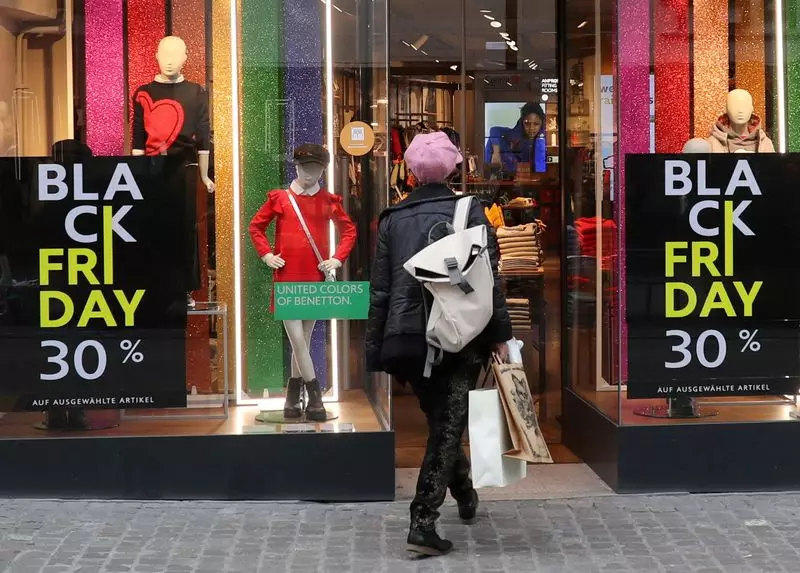As we navigate the world of holiday shopping, significant changes are reshaping consumer behavior and the retail landscape, particularly as emphasized by a recent report from the Bank of America Institute. Analyzing recent credit and debit card data, the institute sheds light on a growing trend: an increasing number of consumers, especially those from lower-income households, are turning their backs on traditional brick-and-mortar (B&M) shopping experiences in favor of online platforms. This shift, prompted by the pursuit of better deals and convenience, marks a notable departure from the well-trodden path of in-person shopping.
One striking revelation from the report is the decline in foot traffic during the holiday shopping season. Specifically, 5% of holiday spending traditionally concentrated on significant events like Black Friday and Christmas Eve has transitioned to earlier online shopping, showcasing a clear preference for the digital realm. With this trend, Cyber Monday has solidified its role in the retail calendar, capturing an additional 2% share of total holiday spending. As online shopping continues to gain traction, it appears that consumers are more inclined to seek the comfort of their homes rather than braving crowded malls and long checkout lines.
Diving deeper into the economic elements at play, the pandemic acted as a catalyst for altering shopping behaviors. Even as restrictions have eased, the momentum towards online shopping shows no signs of abating. Data from August 2024 indicates that online transactions constituted a substantial 26% of total retail card spending, marking a 1.5 percentage point increase over the past two years. Particularly noteworthy is that households earning less than $50,000 a year are driving this uptick, highlighting how economic constraints influence shopping methods. These consumers are increasingly appreciating the access to deals that online shopping affords, further reinforcing the shift toward digital platforms.
The stark contrast between lower- and higher-income groups becomes even more apparent in their shopping habits. Research indicates that while lower-income households have drastically reduced their mall spending—falling by 20% since 2021—higher-income shoppers have only curtailed their expenditures by a mere 4%. This divergence underscores a more stable position for upscale shopping malls, which may continue to thrive even as lower-income consumers abandon them in greater numbers.
Looking beyond the current landscape, it is essential to examine the implications of these changes for the upcoming holiday season. Although traditional holiday peaks like Black Friday maintain their significance, their dominance appears to be dwindling. Notably, the percentage of holiday spending occurring within malls during the two weeks surrounding Christmas has decreased to 15%, down from 18% in 2019. On the flip side, online spending has surged to nearly rival B&M expenditures, signaling a profound transformation in how consumers approach holiday shopping.
Furthermore, recent developments—such as port strikes—raise questions about their potential impact on holiday shopping dynamics. According to BofA Global Research, the anticipated disruptions from these strikes are expected to be minimal unless they extend over a prolonged period. Retailers may opt to absorb costs rather than transferring them to consumers, thereby maintaining price stability during an already competitive retail season.
As we gear up for the 2024 holiday shopping period, one thing is clear: the trajectory favors online shopping as consumers increasingly adopt a forward-thinking attitude. The tendency for lower-income households to seek value and bargains will exacerbate competition in the retail landscape, pushing retailers to innovate their online offerings and promotional strategies.
The evolution from traditional shopping to online platforms is not merely a trend but a fundamental shift in consumer behavior that reflects broader changes in economic conditions and technological advancements. As the holiday season approaches, it is crucial for retailers to adapt to these changes, understanding that the future of holiday shopping lies increasingly in digital engagement, where convenience, variety, and affordability reign supreme. The battle for consumers’ wallets will only become more competitive, with each player in the retail space vying for relevance in a rapidly transforming marketplace.

